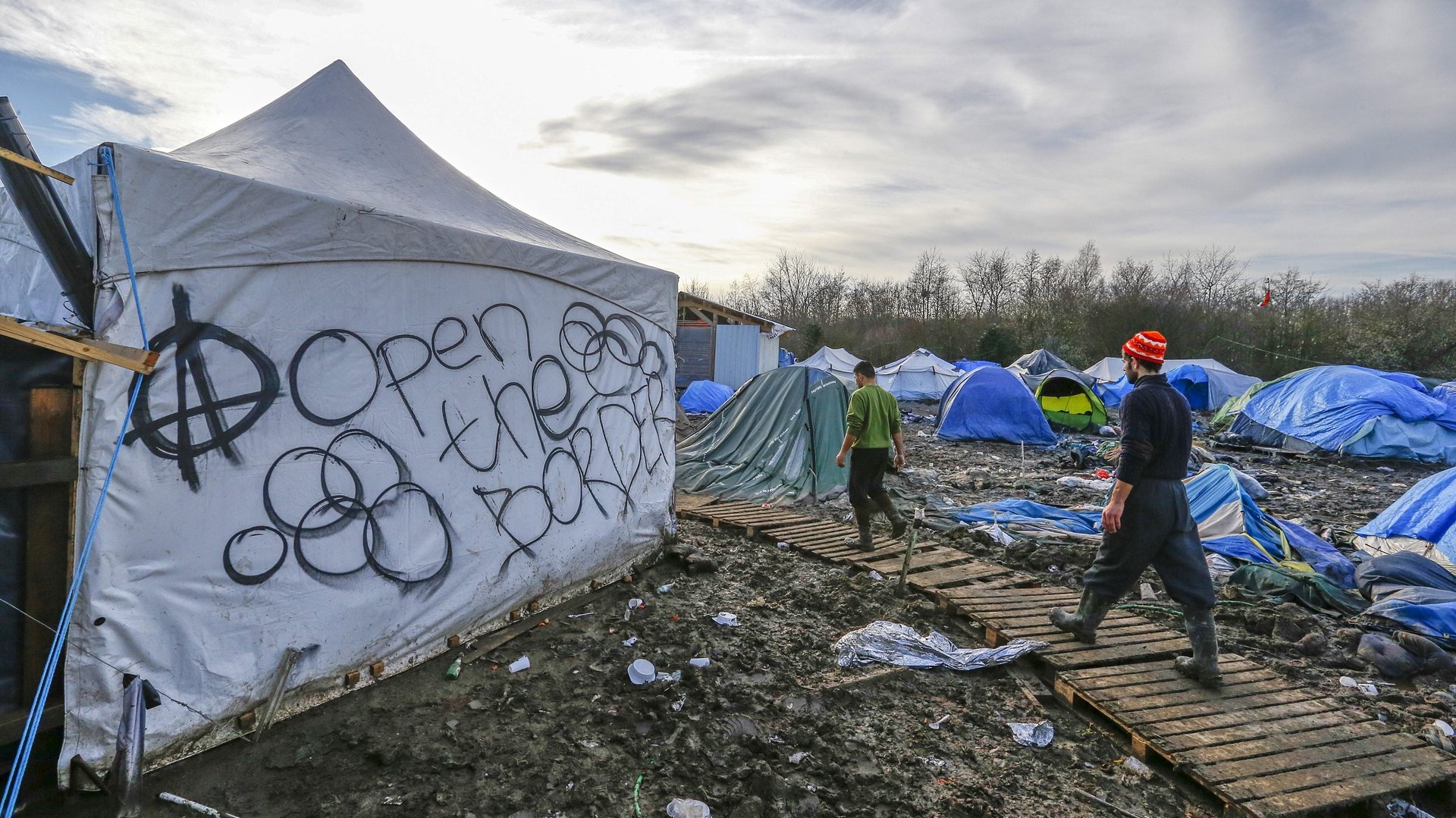The number of asylum applications in Europe dropped by nearly half last year
The number of first-time asylum applications in Europe dropped by nearly half in 2017. Applications have returned to levels more commonly seen before the civil war in Syria sparked a continent-wide refugee crisis in 2015.


The number of first-time asylum applications in Europe dropped by nearly half in 2017. Applications have returned to levels more commonly seen before the civil war in Syria sparked a continent-wide refugee crisis in 2015.
Last year, 650,000 migrants (pdf) applied for asylum in the European Union. This figure was just over half the number recorded in 2016, when 1,206,500 migrants applied for asylum in the bloc. The majority of these applications came from Syria, followed by Iraq and Afghanistan. Asylum seekers from these three countries accounted for 30% of all first-time applicants in 2017.
Overall, Germany accounted for 31% of all first-time applicants in the EU, followed by Italy, which accounted for 20%. Greece saw the highest number of first-time applicants relative to its population in 2017.
From 2016 to 2017, Hungary recorded the largest decrease in asylum applications, followed by Bulgaria and Germany. Asylum applications also fell steeply in Poland and Croatia.
The drop in applications isn’t particularly surprising. In response to the refugee influx, many European countries bolstered their borders, building fences and walls to keep asylum seekers out. The crisis had also boosted anti-immigrant, populist political parties in a number of European countries, which have worked to create a more inhospitable environment to migrants. Many are even paying thousands of euros to migrants to encourage them to go home.